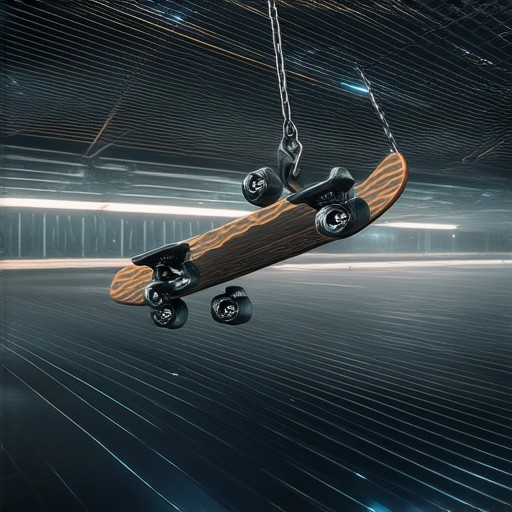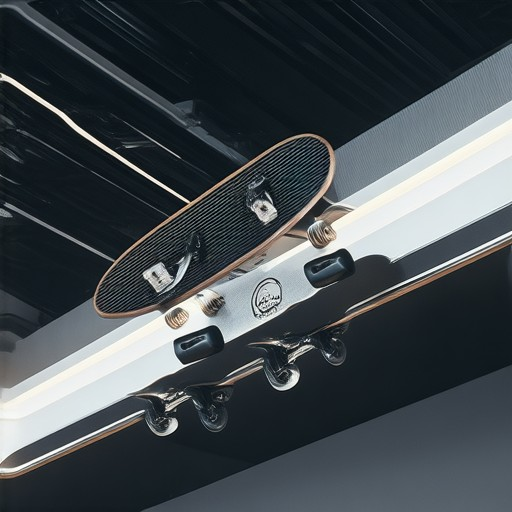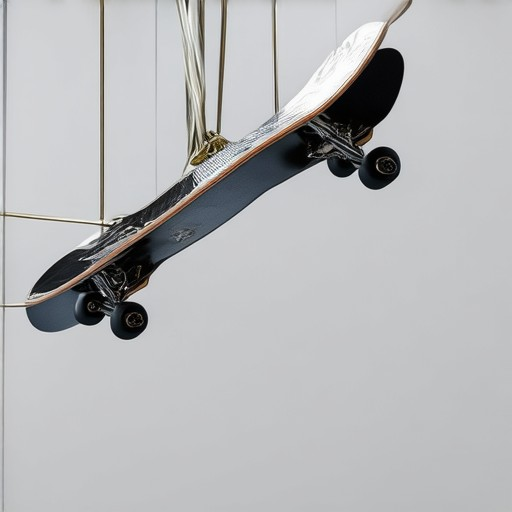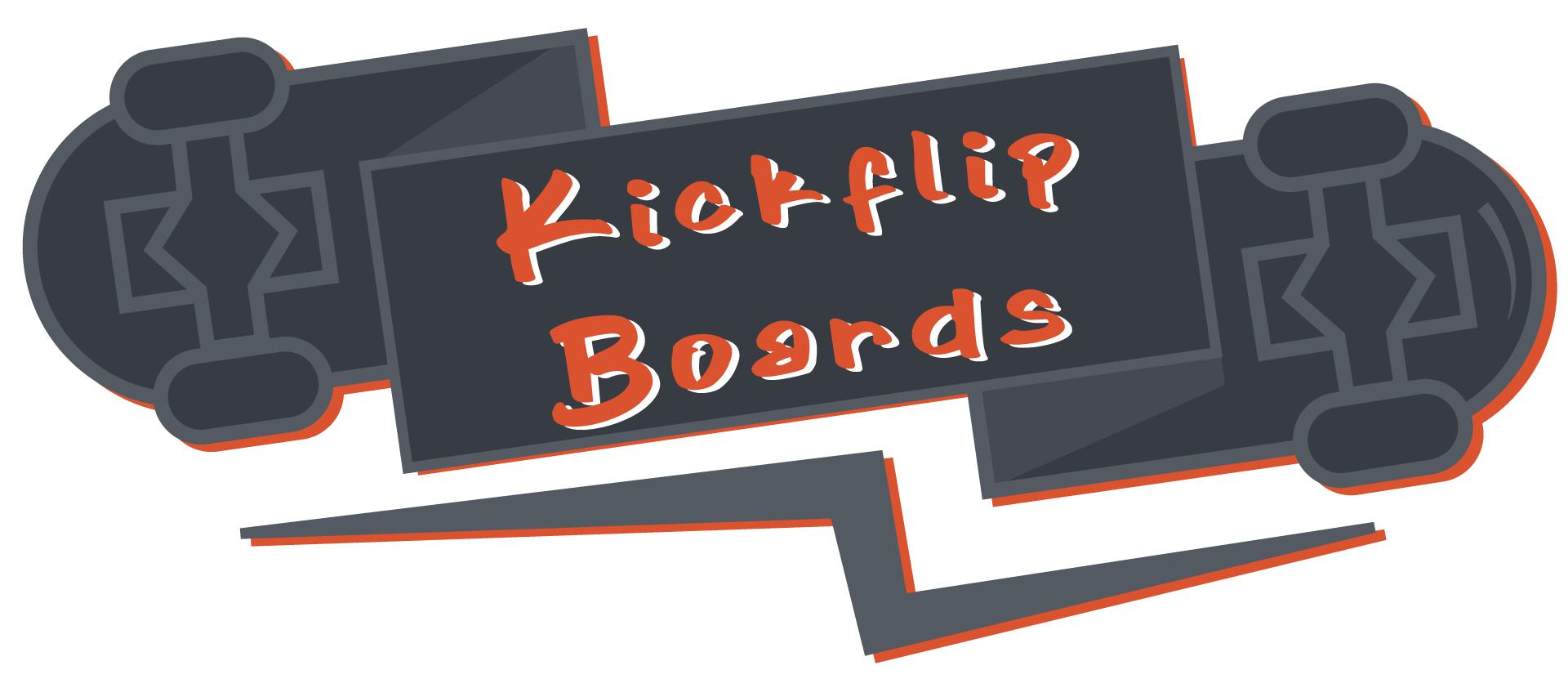Skateboarding is all about that adrenaline rush, the perfect grind, and the feeling of cruising through the streets. But there’s nothing quite as frustrating as when your trusty skateboard deck starts to falter—whether it’s losing its pop, showing signs of wear, or even breaking under pressure. While skateboards are built to handle rough rides, they aren’t indestructible. Over time, factors like environmental conditions, usage frequency, and even the materials used can take a toll. Whether you’re a casual rider or a hardcore skater, understanding how to maintain and care for your skateboard deck is crucial to ensuring it lasts as long as possible. In this article, we’ll explore everything you need to know about skateboard deck durability, from how long a deck typically lasts to the best practices for extending its lifespan. We’ll dive into the impact of materials, usage patterns, and maintenance routines, providing actionable tips to help you keep your board in top shape. By paying attention to these details, you can enjoy a longer-lasting, more durable skateboard setup, whether you’re ripping through parks or cruising the neighborhood. So, let’s get started and uncover the secrets to keeping your skateboard deck strong and ready for whatever the road—or the vert ramp—throws at it!

How Long Does a Skateboard Deck Last?
A skateboard deck’s lifespan can vary significantly based on several factors, including riding style, board shape, materials, maintenance, and usage frequency. On average, a skateboard deck can last anywhere from a few weeks to several months, depending on how it’s treated and ridden.
Riding Style
- Street skating : Street skateboards endure more wear and tear due to obstacles, curbs, and rough surfaces. decks may wear out faster in this environment.
- Park skating : Park decks typically last longer because they’re designed for smoother landings and less impact.
- Freestyle : Freestyle decks might see more abuse from grinds and tricks, leading to quicker wear.
Board Shape
- Cruiser boards : Known for their durability, cruiser boards often last longer due to their larger wheels and softer suspension.
- Longboards : While heavier and slower, longboards are built to handle more weight and impact, extending their lifespan.
- Compact boards : Smaller boards may wear out faster due to increased impact on turns and jumps.
Materials
- Plywood : Traditional decks are made from seven-ply wood, which offers decent durability but may crack under heavy use.
- Fiberglass : Composite boards with fiberglass layers are stronger and more flexible, lasting longer than basic plywood.
- Carbon fiber : High-end boards with carbon fiber reinforcement are lightweight yet durable, offering extended lifespan.
Maintenance
- Regular inspections for cracks, delamination, and impact damage are crucial. Addressing issues early can extend the deck’s life.
- Using protective gear like knee pads can reduce the risk of impacts that could damage the board.
- Storing the board in a dry place helps prevent warping and moisture damage.
Usage Frequency
- Riders who skate daily or multiple times a week will notice their decks wearing out faster compared to those who skate occasionally.
- Choosing the right size and type of board for your skill level and terrain can also contribute to longevity.
Conclusion
While a skateboard deck’s lifespan can vary, proper care, regular maintenance, and choosing the right setup for your riding style can significantly extend its life. For optimal performance and durability, consider checking out our selection of high-quality decks at kickflipboards.com .
Element Skateboards , Santa Cruz Skateboards , and Powell-Peralta are excellent choices for various riding styles and budgets.
How Often Should You Replace a Skateboard Deck?
The frequency of replacing a skateboard deck depends on various factors, including riding style, terrain, usage intensity, and maintenance habits. Here’s a breakdown of what to consider:
- Riding Style :
- Casual Riders : If you ride casually on smooth surfaces, you might get 6–12 months out of your deck before needing a replacement.
- Aggressive Riders : Those who perform tricks, grind rails, or ride on rough terrain may need to replace their deck more frequently, every 6–8 months.
- Terrain and Surface :
- Riding on harsh surfaces like concrete or asphalt can accelerate wear compared to smoother, softer surfaces.
- Weight :
- Heavier riders (over 175 lbs) may notice quicker wear, particularly around the nose and tail sections.
- Maintenance :
- Regular inspections for cracks, loose hardware, and wear are crucial. Addressing issues early can prolong deck life.
- Proper handling by carrying the board by the sides rather than the nose or tail reduces stress on vulnerable areas.
- Board Quality :
- Higher-quality decks made from better materials may last longer. Consider brands like Kickflip Boards , which offer durable options suited to different riding styles.
By considering these factors and maintaining your board regularly, you can extend its lifespan and enjoy your skating sessions more thoroughly. For tailored recommendations, visit Kickflip Boards for insights and products designed to meet your needs.

Do Skateboards Lose Pop Over Time?
Skateboards do lose their pop over time due to consistent use and pressure applied during tricks like ollies. Popping the tail repeatedly causes the wood fibers to wear down, making the end of the board more pointed. This increased contact area with the ground creates greater friction, reducing the pop feel.
The durability of a skateboard deck depends on several factors:
- Popping Frequency: Repeatedly popping the tail (or nose) wears down the wood, affecting the board’s ability to snap back.
- Weight Distribution: Heavy riders may compress the board more, causing indentations over time.
- Riding Style: Aggressive tricks or rough landings can strain the deck, leading to loss of pop.
- Surface Conditions: Riding on uneven surfaces can cause the board to wear faster.
To maintain your skateboard’s pop, consider proper care and maintenance . Regularly checking for cracks or indentations and avoiding hard landings can extend your board’s life and performance.
Additionally, investing in a high-quality board designed for your riding style can provide better durability and pop retention.

Can Skateboards Break Easily?
Skateboards can indeed break under certain conditions, and understanding why and how to prevent this is essential for any skateboarder. At Kickflip Boards, we emphasize the importance of knowing your board’s limits to ensure safe and enjoyable use.
Factors Affecting Skateboard Durability
The durability of a skateboard depends on several factors, including:- Board Material: Most skateboards are made of wood or composite materials. While wood offers flexibility, composite boards are often more durable and impact-resistant.- Weight Distribution: Skateboards are lightweight, but uneven weight distribution or carrying heavy objects can strain the board.- Construction Quality: Cheaper boards may lack reinforced components, making them more susceptible to damage.
Common Reasons Skateboards Break
Despite their robust design, skateboards can break due to:- Landing Mistakes: Misjudged landings during tricks can apply excessive force, causing cracks or breaks.- Trick Impact: Certain tricks, like kickflips or grinds, put extra stress on the board.- Environmental Factors: Rough surfaces, curbs, or uneven ground can lead to unexpected impacts.
How to Prevent Skateboard Breaks
To extend your skateboard’s lifespan, follow these tips:- Maintain Proper Technique: Avoid landing too hard or attempting tricks beyond your skill level.- Inspect Regularly: Check for cracks, worn-out areas, or loose components before use.- Choose the Right Board: Invest in high-quality boards designed for your type of skating. Visit Kickflip Boards for recommendations.
Conclusion
While skateboards are built to handle rough use, treating them with care and respect goes a long way in preventing breaks. By understanding the risks and taking precautions, you can enjoy your skateboard for years to come. Always prioritize safety and have fun while riding!
How Much Force Does It Take to Break a Skateboard?
The force required to break a skateboard typically ranges between 4000 to 5000 Newtons (N) of pressure, depending on the type of skateboard, the surface it’s landing on, and the angle of the impact.
Factors Affecting Force
- Type of Skateboard: Longerboards and cruisers generally require more force due to their increased stability and weight distribution, whereas smaller boards like mini cruisers may break more easily.
- Landing Surface: Landing on hard surfaces like concrete transfers more force compared to softer surfaces like grass or pavement.
- Board Condition: A well-maintained board may absorb more impact and require less force to break, while a damaged or weak board could break with less pressure.
Safety Considerations
Understanding the force involved highlights the importance of wearing protective gear like knee pads and ensuring proper technique when performing tricks. While this force doesn’t prevent the skateboard from breaking, it helps minimize potential injuries.
For more details on skateboard maintenance and types, check out our Skateboard Maintenance Guide and Skateboard Types Comparison .
Conclusion
Breaking a skateboard typically requires between 4000 to 5000 N of force, varying based on factors like board type and landing surface. Always inspect your board before skating and consider wearing protective gear for added safety.

Why Does My Skateboard Stop So Quickly?
Your skateboard may stop quickly due to several factors:
- Wheel Size and Type
- Small wheels can reduce stability and grip, making it harder to control on rough surfaces or turns.
- Larger wheels offer better stability but can limit maneuverability.
-
Bearings
- Worn or dirty bearings can cause friction and prevent smooth rotation, affecting speed and handling.
-
Trucks
- Misaligned or loose trucks can lead to instability and difficulty maintaining contact with the ground.
-
Deck Setup
- A lightweight or improperly balanced deck may lack stability, especially on uneven terrain.
-
Weight Distribution
- Standing too far forward or backward can disrupt balance, affecting control.
-
Deck Wax
- Insufficient or uneven wax can reduce traction, making it harder to maintain grip during maneuvers.
-
Terrain Conditions
- Rough surfaces can impede glide, causing abrupt stops.
To resolve these issues, inspect each component and adjust as necessary. Proper maintenance and setup can significantly improve your skateboard’s performance and stability.




0 Comments